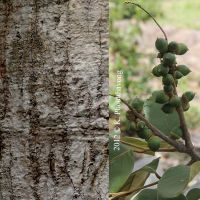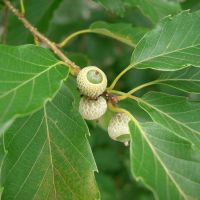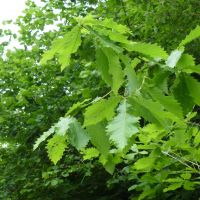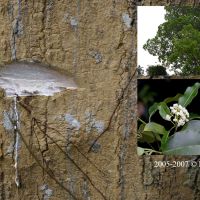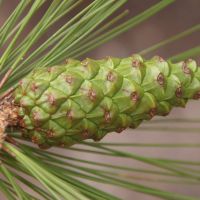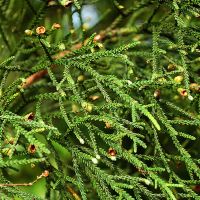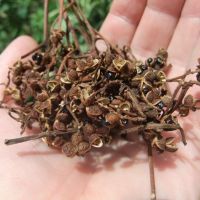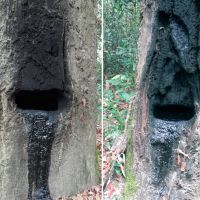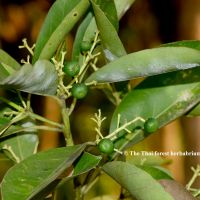ເຫັດຫວາຍ / Lao Musutake
APA 6th ed. ເຫັດຫວາຍ / Lao Musutake. (2019, August 29). Retrieved from https://www.phakhaolao.la/index.php/kb/0000084
MLA 8th ed. ເຫັດຫວາຍ / Lao Musutake. Pha Khao Lao, 29 August 2019, https://www.phakhaolao.la/index.php/kb/0000084.
Chicago 17th ed. Pha Khao Lao. 2019. "ເຫັດຫວາຍ / Lao Musutake." Published August 29, 2019. https://www.phakhaolao.la/index.php/kb/0000084.

Chinese: Sōngróng [松茸]
English: matsutake
Young fruitbody almost uniform reddish brown. Cap up to 150 mm wide, reddish brown, somewhat glutinous to almost dry, appressed darker scales and dark brown umbo, outwards much paler with innate rope-like brown fibers and whitish threads underneath at margin. Gills pale cream, narrowly (adnexed) attached, slightly sinuate notched, up to 12 mm broad; edge entire. Stem up to 160 x 22 (apex) x 13 (base) mm with girdles of orange brown, ± glutinous scales, pale cream and ± fibrillose; ± with annular zone about 30 mm from apex; stem base tapering and rooting up to 40 mm. Flesh solid, white, up to 20 mm thick in cap. Smell not very strong, but aromatic-soapy. Taste perfumed-soapy, not pleasant and astringent. Spore deposit whitish (Læssøe et al, 2018).
Well-known from Xieng Khouang Province, but also seen in Huaphan Province. Associated with chestnut trees in remote fertile forests. It peeks 2-3 times during the rainy season and in between very rare. This very popular mushroom is eaten cooked and can be harvested for sale in market with dried and fresh. Medicinal: Ms. Sormany of the Sengsavanh Handicrafts is also making a medicinal drink by adding powder from dried Matsutake into boiled water. The ‘Het Wai Tea’ is believed to be good to reduce blood pressure, detoxification and preventing diabetes. In some cases dried powdered Matsutake is mixed in rice dishes.

